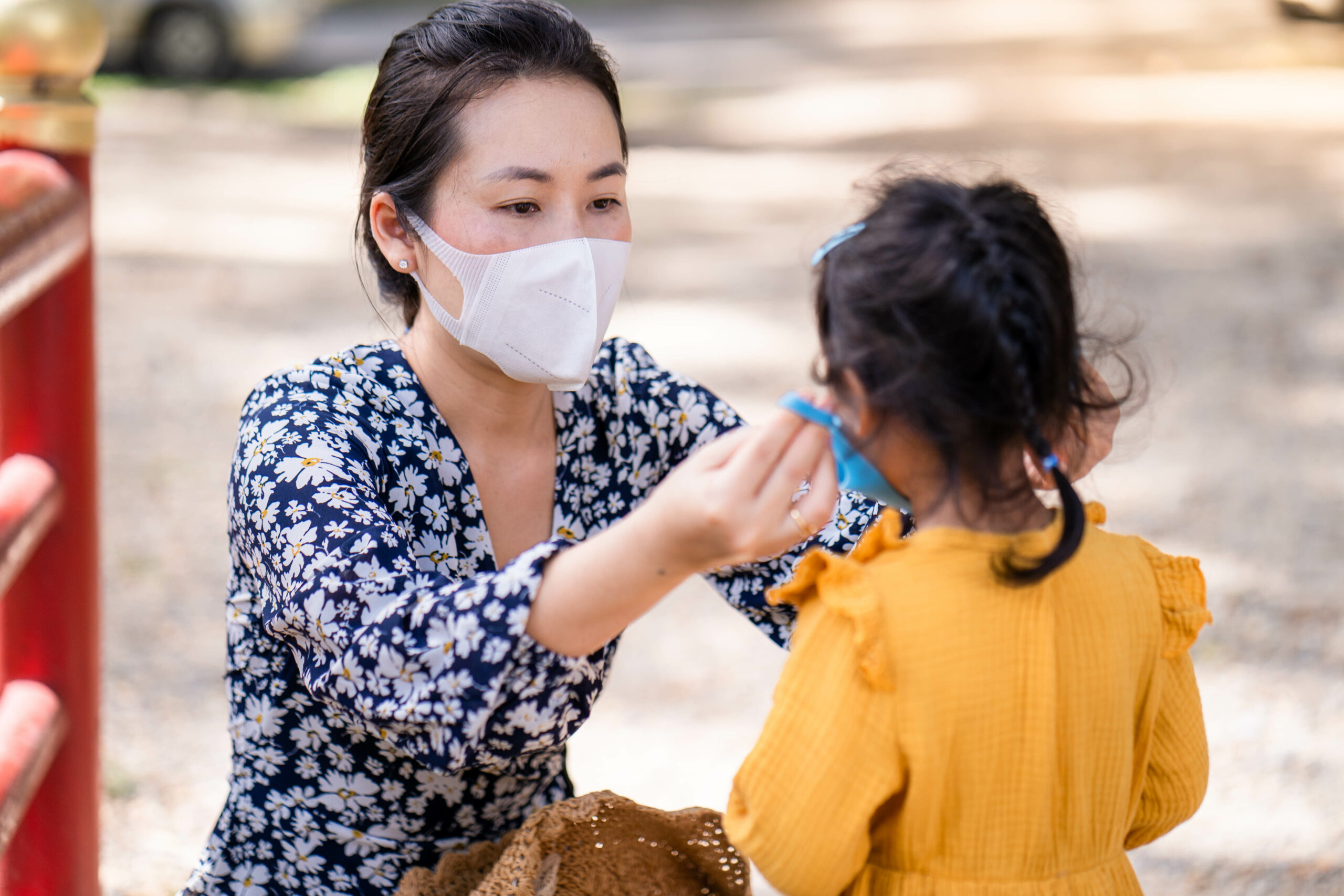BANGKOK (ANN/THE NATION) – On Thursday, 21 out of the 50 districts in Bangkok, Thailand were discovered to have PM2.5 levels exceeding the safety threshold of 37.5 micrograms per cubic metre.
This “orange” level of PM2.5, referring to particulate matter with a diameter less than 2.5 micrometres, poses significant health risks.
When PM2.5 pollution reaches unhealthy levels, it can lead to breathing issues and heighten the risk of health conditions such as heart disease and asthma.
The Bangkok Metropolitan Administration’s Air Quality Information Centre reported that the “orange” level of PM2.5 was found in 21 districts of the capital – Bueng Kum, Bang Rak, Wang Thong Lang, Sathon, Prawet, Bang Na, Yan Nawa, Bangkok Noi, Pathum Wan, Klong Toei, Bangkok Yai, Klong San, Nong Khaem, Lat Krabang, Thawee Wattana, Bang Phlat, Chatuchak, Thonburi, Bang Khen, Samphanthawong, and Klong Sam Wa.
PM2.5 was measured at between 38.4 and 53.3 mcg per cubic metre in those districts.
The Centre for Air Pollution Mitigation reported on Thursday that PM2.5 was found to be in “green” (or good) levels in the North, East, and South, where it was measured at 7.3-26.8, 15.9-31.5, and 5.9-15.9 micrograms per cubic metre, respectively.
PM2.5 was found to exceed the standards levels in five areas of the Northeast, three areas of the Central and Western regions, and 25 areas of Bangkok and its surrounding provinces, according to the centre.
The Thailand Meteorological Department said on Thursday that poor air movement in Bangkok had worsened the PM2.5 situation, concentrating the toxic particles in many areas of the city.
People with health issues are advised to avoid outdoor activities, particularly in areas with high levels of PM2.5.
Meanwhile, the BMA’s Environment Department has made available information on air quality in Bangkok through a variety of channels, including the website www.airbkk.com, mobile application AirBKK, BMA Facebook account, Line Alert, and Line official account @airbangkok.
PM2.5 pollutants can come from outdoor and indoor sources. Outdoor sources include vehicle exhaust, burning wood, gas and other fuels, and fires. Particle pollution can also travel long distances from its source.
Outdoor particle pollution levels are likely to be higher on days with little or no wind or air mixing, according to the US Department of Health. Common indoor sources are tobacco smoke, broiling or frying food, burning candles or oil lamps, fireplaces, and fuel-burning heaters, it says.







